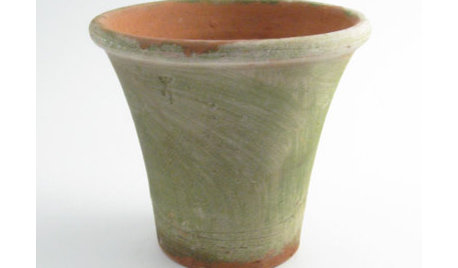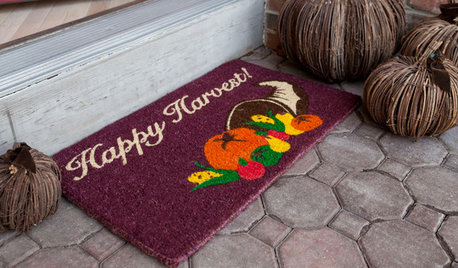Gearing up for fall
annagater
13 years ago
Related Stories

DECORATING GUIDESCold-Weather Sports Gear Heats Up Interiors
Skis, snowshoes and other wintertime sports equipment pieces are sliding off the slopes and into the home
Full Story
GARDENING AND LANDSCAPINGGear Up for Gardening
These tools and supplies help your landscape look great in more ways than one
Full Story0

LIFE10 Smart Ways to Deal With Summer Gear
Start fall with a clean slate by organizing, repairing and storing summertime essentials the right way
Full Story
SHOP HOUZZShop Houzz: Save up to 40% on Fall Front-Door Updates
Decorate your door with fall entryway essentials, on sale now through October 4, 2015
Full Story0

DECORATING GUIDES17 Ways to Cozy Up Your Home for Fall
We can't think of a better time to outfit your home with rich colors, snuggly knits and furniture that lets you sink in
Full Story
SHOP HOUZZShop Houzz: Gear Up for New Year’s Resolutions
Resolve to stay healthy and pick up a new hobby with a little help from these picks
Full Story0

STORAGE8 Ways to Keep Winter Gear From Mucking Up an Entryway
Don't let wet coats and boots dampen your entryway or mudroom's spirit. These storage and other tips can keep everything looking bright
Full Story
PRODUCT PICKSGuest Picks: Gear Up for Back to School
Get set for the new school year with storage, organization and workspace ideas for kids of all ages
Full Story
PRODUCT PICKSGuest Picks: Gear Up for Holiday Shopping
With Black Friday around the corner, it's time to make a game plan for holiday shopping. These tools and accessories can help
Full Story
ENTRYWAYSCorral Your Gear with a Makeshift Mudroom
Turn a nook or entry into an organized drop zone with cubbies, storage bench and a couple of coat hooks
Full StorySponsored






Kimmsr
annagaterOriginal Author
Related Professionals
Manhattan Beach Landscape Architects & Landscape Designers · Apollo Beach Landscape Contractors · Chattanooga Landscape Contractors · Lemoore Landscape Contractors · Nutley Landscape Contractors · Vallejo Landscape Contractors · Braintree Driveway Installation & Maintenance · Northbrook Driveway Installation & Maintenance · Raynham Driveway Installation & Maintenance · Mount Vernon Driveway Installation & Maintenance · Beaverton Fence Contractors · Bethesda Fence Contractors · Orange County Fence Contractors · Skokie Fence Contractors · Walnut Fence ContractorsKimmsr